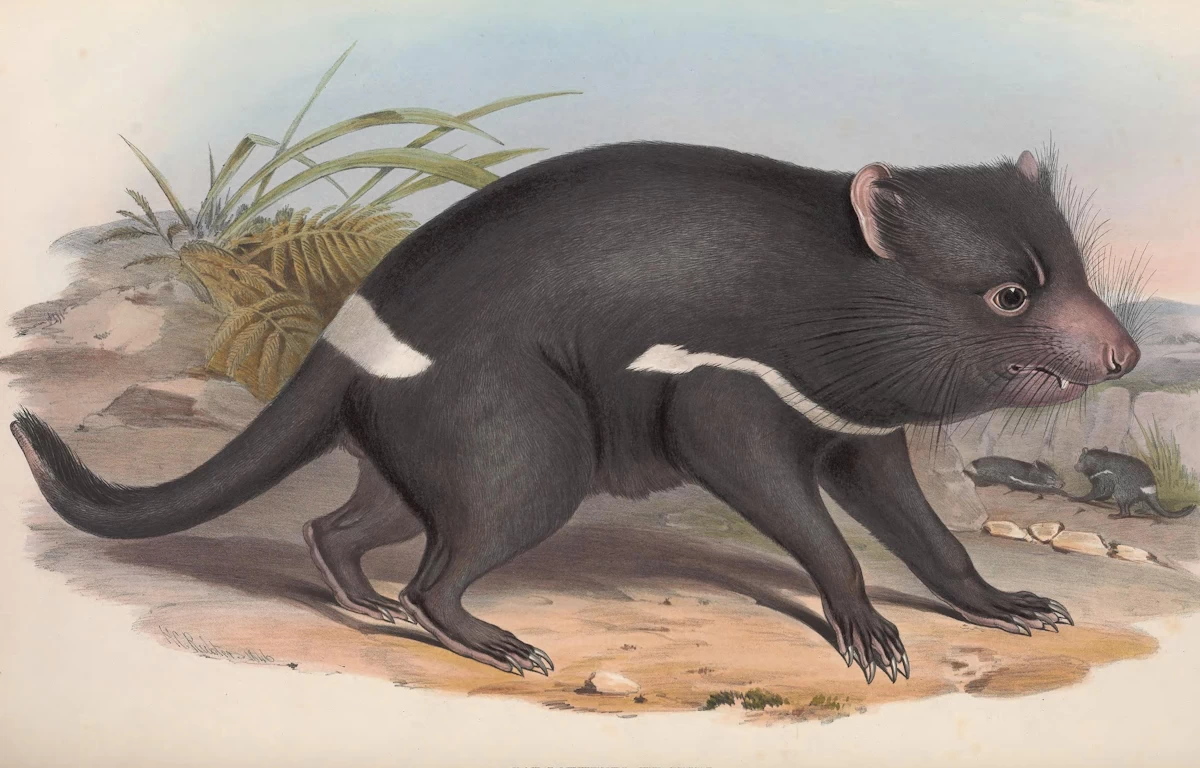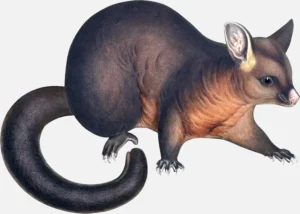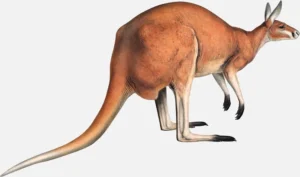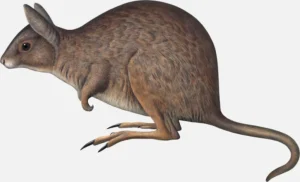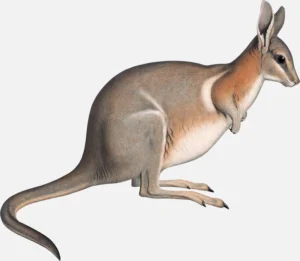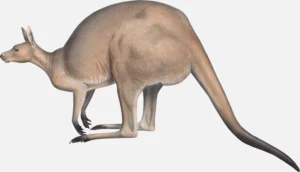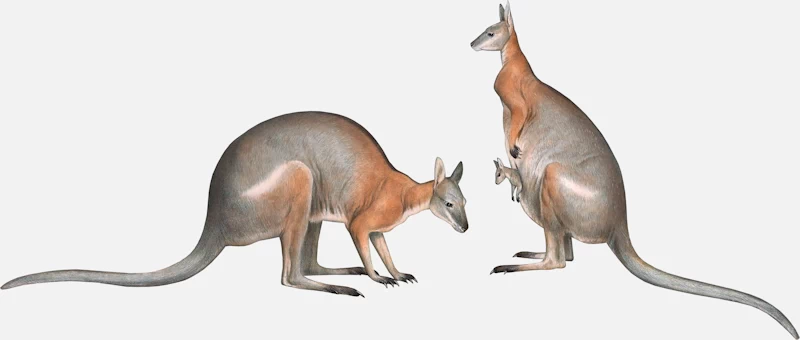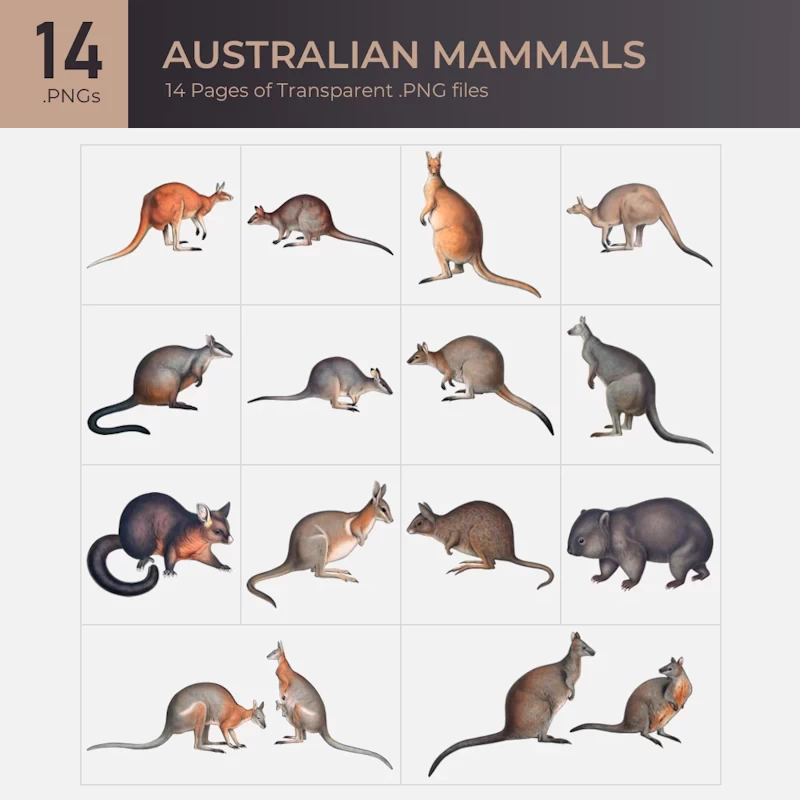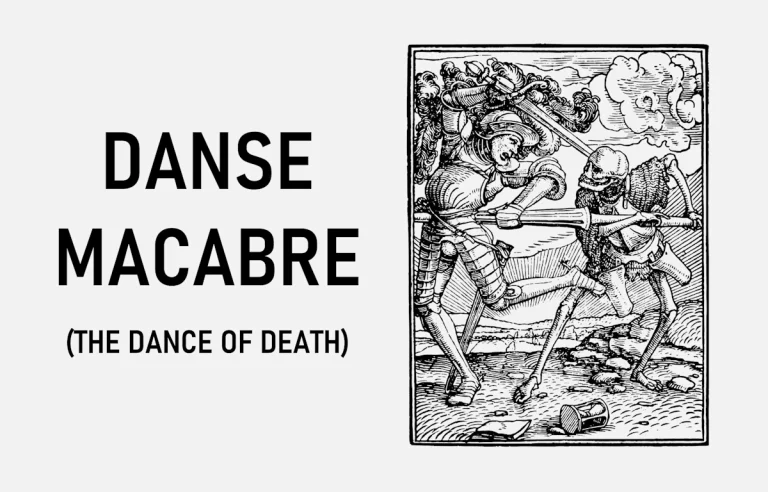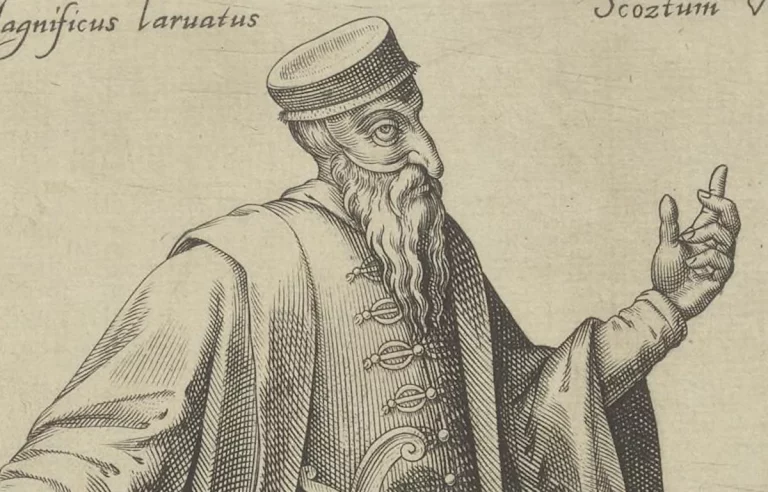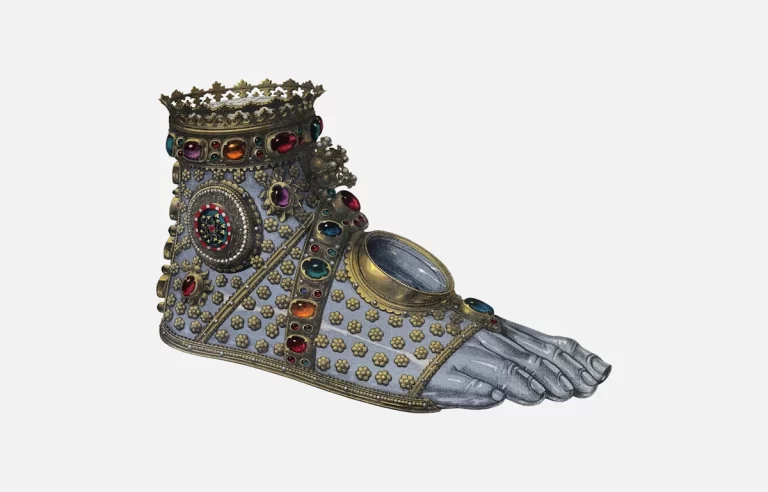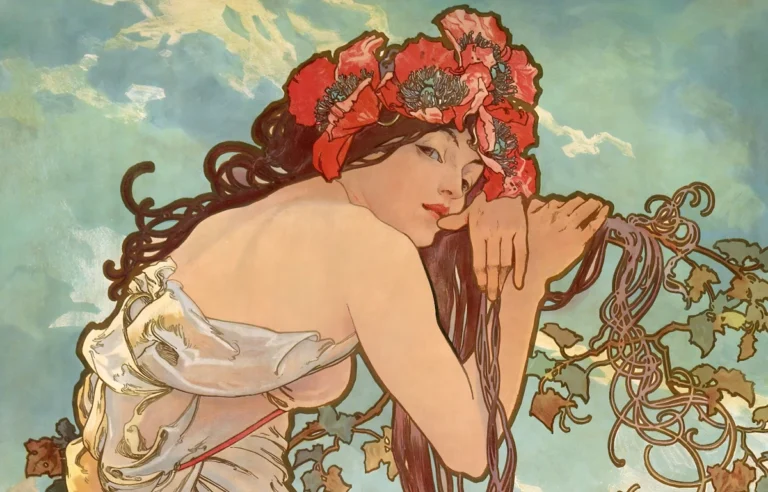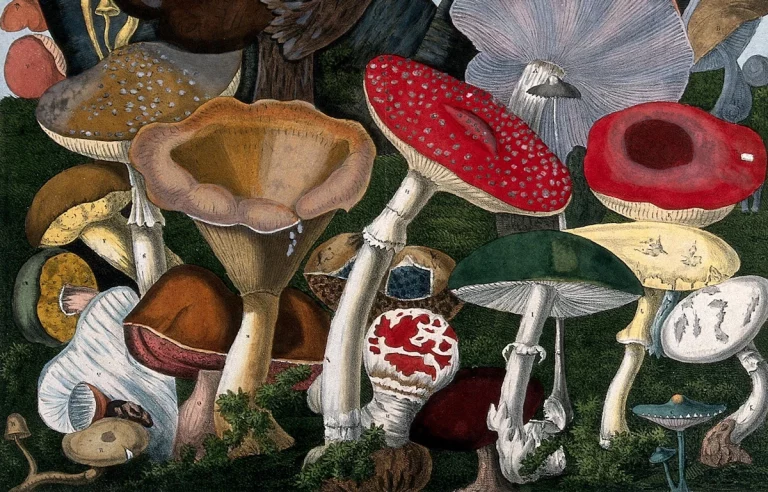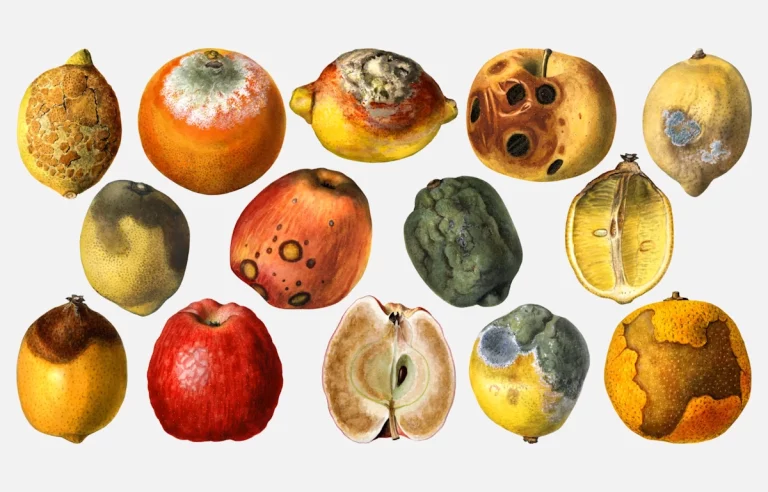Kangaroos, Wallabies, and Wombats, Oh My! Exploring John Gould’s "Mammals of Australia"
Imagine a time when much of the world still felt unexplored and mysterious, when scientists were just beginning to uncover the secrets of distant lands. One of the most exciting places for these explorers was Australia—a land full of strange and fascinating creatures that no one in Europe had ever seen. And one of the people most responsible for documenting this wonderland of wildlife was a man named John Gould.
In the world of natural history, few names stand out as much as his. Gould was a British ornithologist, which means he studied birds, but he wasn’t just interested in birds. His passion for the natural world led him to create one of the most important books of his time—Mammals of Australia. This work, published between 1845 and 1863, shines a spotlight on the unique animals that call Australia home, many of which were unknown outside of the continent. Let’s dive into Gould’s life, his work, and the amazing creatures he introduced to the world.
Who Was John Gould?
John Gould wasn’t born into a family of scientists or explorers. He was born in 1804 in the small town of Lyme Regis, England, with no formal education in zoology or biology. In fact, he started out working as a gardener. But even while he was taking care of plants, Gould had a fascination with animals. He developed an interest in taxidermy, which is the art of preparing, stuffing, and mounting animal skins. He was so good at it that by the time he was 23, he had left gardening behind and started his own taxidermy business in London.
Gould’s skill with taxidermy soon caught the attention of the right people. In 1827, he became the first curator of the Zoological Society of London, a very important position that gave him access to all kinds of exotic animals. This role would set him on the path to becoming one of the most important naturalists of his time.
But Gould wasn’t alone in his journey. His wife, Elizabeth Coxen Gould, played a key role in his success. While John was good with animals and taxidermy, Elizabeth was an exceptional artist. She took his rough sketches of animals and transformed them into detailed, beautiful illustrations that brought his work to life. Unfortunately, as was often the case in the 19th century, Elizabeth’s contributions were overshadowed by her husband’s fame. Today, we know that her talent was a crucial part of what made Gould’s work so remarkable. In fact, many believe she was the unsung hero behind his success.
The Idea Behind Mammals of Australia
Australia was a wild, mysterious place for Europeans in the 19th century. With its unique wildlife—kangaroos, wallabies, wombats, and more—the continent was like nothing they had ever seen before. As more people explored Australia, they brought back stories and specimens of these animals, and John Gould wanted to be the first to document them.
Although Gould was best known for his work on birds, he couldn’t resist the pull of Australia’s mammals. So, he took on the huge task of documenting these strange animals in a book that would become Mammals of Australia. This project spanned over 18 years, from 1845 to 1863, and was published in three volumes. While Gould was the main driving force behind the book, many of the stunning illustrations were done by another talented artist, Henry Constantine Richter.
This project was also Gould’s chance to contribute to the rapidly growing scientific knowledge of the time. Australia was still very much a mystery to Europeans, and its animals seemed otherworldly—almost like they belonged in fairy tales. His book didn’t just entertain; it informed and expanded European understanding of the natural world, putting Australia’s wildlife on the scientific map.
A Glimpse Into Australian Biodiversity
The world that Gould captured in Mammals of Australia was unlike anything most people had ever imagined. Australia’s animals seemed so strange to European eyes—creatures with pouches, animals that hopped instead of walked, and furry marsupials unlike the mammals they knew back home.
In his work, Gould documented everything from the famous kangaroo to lesser-known creatures like the crescent nail-tail wallaby and the eastern hare wallaby. Sadly, both of these species are now extinct, but thanks to Gould, we have a record of what they were like.
For example, the crescent nail-tail wallaby was once hunted extensively for food by settlers and was last seen around 1950. Similarly, the eastern hare wallaby disappeared around 1890, likely because cattle were destroying its habitat. These wallabies weren’t just adorable; they were amazing leapers. One eastern hare wallaby was even said to have jumped over Gould’s head! Imagine the surprise on his face when that happened—a moment of discovery, both literal and figurative, for the naturalist.
Gould’s documentation wasn’t limited to the small and nimble creatures. He also explored animals like the Tasmanian devil, with its fierce reputation, and the stocky, burrowing common wombat. These are creatures with quirks that made them hard to forget. The devil, for instance, has one of the strongest bites relative to its size in the animal kingdom. Wombats? They use their bums—yes, their behinds—to block predators from their burrows.
Marsupials and More!
Much of Mammals of Australia focuses on marsupials—animals that carry their babies in pouches. These include kangaroos, wallabies, wombats, and koalas, to name a few. Marsupials are mostly found in Australia, and they were a source of endless fascination for Europeans.
One of Gould’s most striking illustrations is of the black-striped wallaby. In the image, a family of wallabies is shown in their natural habitat, and their black stripes and gentle expressions give us a glimpse of what life was like for these animals in the wild. For many readers at the time, these pictures were more than just art—they were a window into a world they might never get to see in person.
Kangaroos, of course, are one of the most famous animals in Australia, and Gould made sure to include them in his book. He illustrated the red kangaroo, with its powerful legs and tail, showing off the animal’s iconic hopping ability. He also included tree kangaroos, which are smaller and adapted to life in the trees. Can you imagine a kangaroo climbing through a forest? For 19th-century Europeans, that must have seemed as likely as a kangaroo taking flight!
Artistic and Scientific Excellence
The Mammals of Australia is famous not just for its content, but for the quality of the art that accompanies it. The illustrations done by Henry Constantine Richter, based on Gould’s and Elizabeth’s original sketches, were not just beautiful—they were incredibly accurate. Each animal was shown in a realistic pose, often in its natural environment. This level of detail was important because these pictures weren’t just art—they were scientific documents that helped scientists and the public alike understand these unfamiliar creatures.
Richter’s attention to detail was astounding. Whether it was the stripes on a wallaby’s fur or the sharp claws of a Tasmanian devil, he ensured everything was portrayed exactly as it should be. And let’s not forget, these were not the days of high-resolution photography or digital art. Every brushstroke, every fine line, was done by hand. People around the world relied on these illustrations to get an idea of what these bizarre creatures actually looked like. Gould and Richter were, in a way, the first ambassadors of Australian wildlife to the global stage.
But these illustrations weren’t just cold, clinical depictions. They were full of life, practically bursting with energy. The vibrant colors and dynamic poses made these animals leap off the page—almost literally! Gould’s work not only introduced people to Australia’s wildlife but also sparked a broader interest in nature and the world beyond one’s backyard.
Gould's Lasting Legacy
Today, Gould’s Mammals of Australia is more than just a scientific document—it’s a piece of history. Many of the animals Gould wrote about have since become endangered or even extinct, and his work remains one of the best records we have of what they looked like.
But perhaps the most important thing about Gould’s work is the way it inspired generations of scientists, artists, and conservationists. His careful documentation of Australia’s wildlife helped lay the groundwork for future research. Even today, scientists still study the animals Gould wrote about, trying to better understand their biology and behavior.
The illustrations from Mammals of Australia also influenced wildlife artists for decades to come. The level of detail, the lifelike quality, and the vivid colors set a high bar for future illustrators. Many wildlife artists today look back to Gould and Richter as models for how to capture the natural world in their art.
Conclusion: A Work for the Ages
John Gould’s Mammals of Australia remains one of the most important books in the history of zoology. Through his hard work and the stunning illustrations that accompanied it, Gould brought the animals of Australia to life for people all over the world. His legacy lives on not only in the scientific community but also in the way we think about and appreciate the natural world.
As we face challenges like habitat destruction and species extinction today, Gould’s work reminds us of the importance of studying and preserving the unique animals that share our planet. His passion for exploration and discovery continues to inspire us to learn more about the world around us and protect it for future generations. After all, who knows what amazing creatures future naturalists might find lurking in the world’s remaining wilderness?


